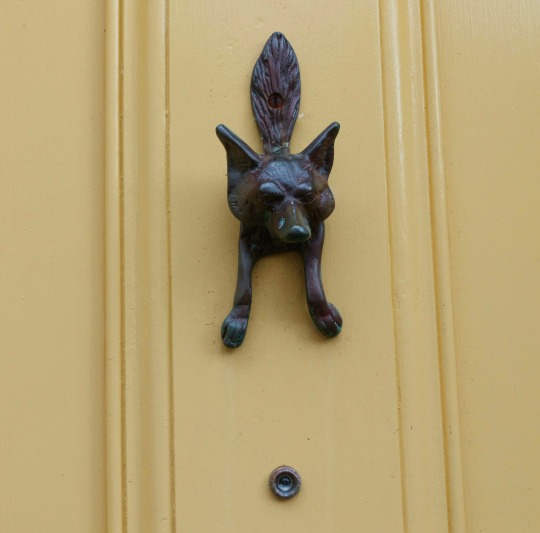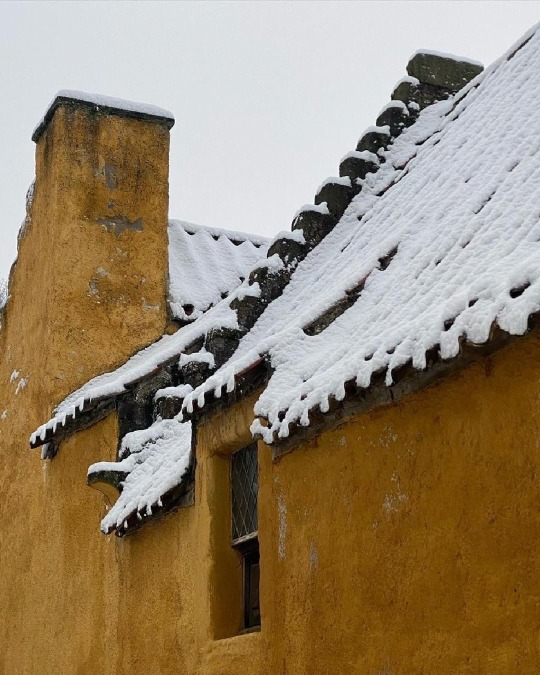#culross
Text

Mid Causeway in Culross, Fife
#photographers on tumblr#original photographers#luxlit#imiging#black and white#black and white photography#original photography#Fife#Culross
175 notes
·
View notes
Text

Culross is a quaint corner of Fife that time seems to have passed by.
#Culross#Fife#Scottish villages#timeless#picturesque#UK#foliage#charming#townscape#scenic view#Visit Scotland
20 notes
·
View notes
Text
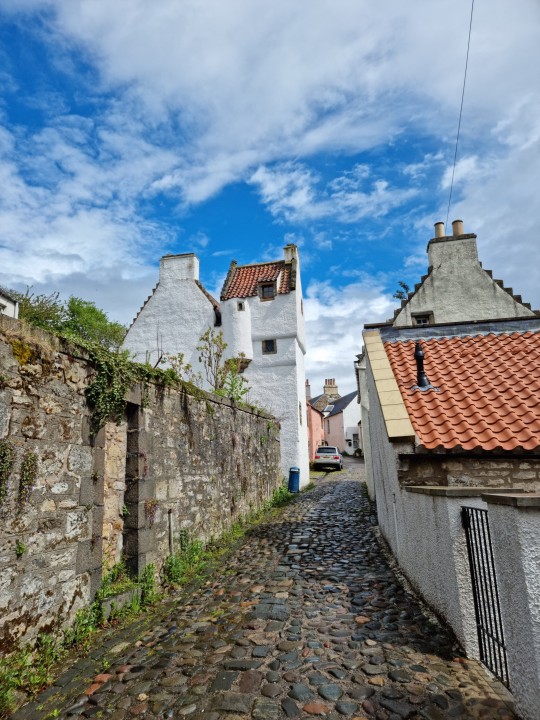
Culross in Fife, Scotland. 🏴
12 notes
·
View notes
Text
Royal Burgh of Culross
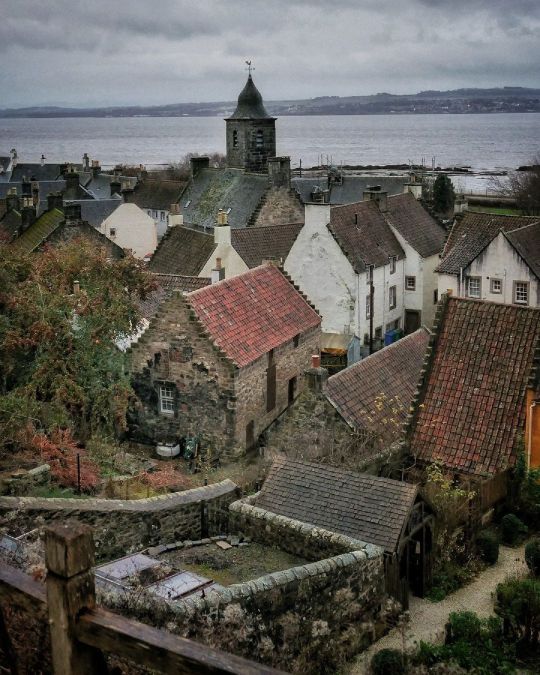
Culross, a picturesque village bordered by the flint-hued River Forth, is the most complete example of a seventeenth and eighteenth-century burgh in Scotland.
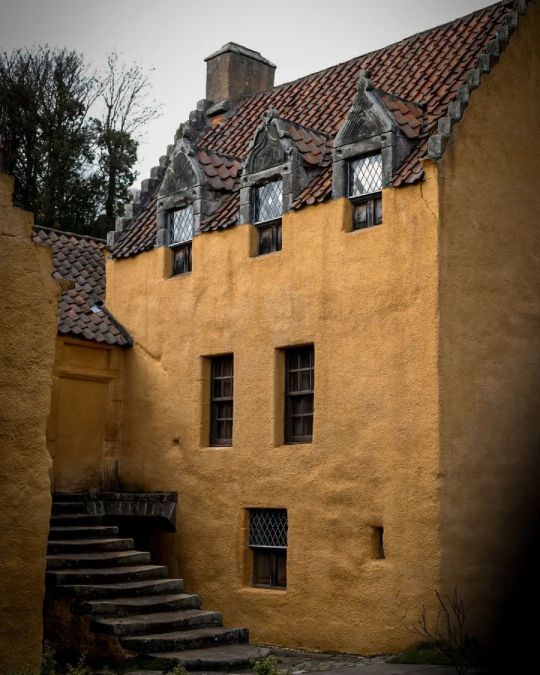
Its unique appearance has remained relatively unchanged in the last three hundred years or so and today, Culross is camera fodder – a charming patchwork of storybook-like buildings that are loved by visitors, photographers and location scouts alike.
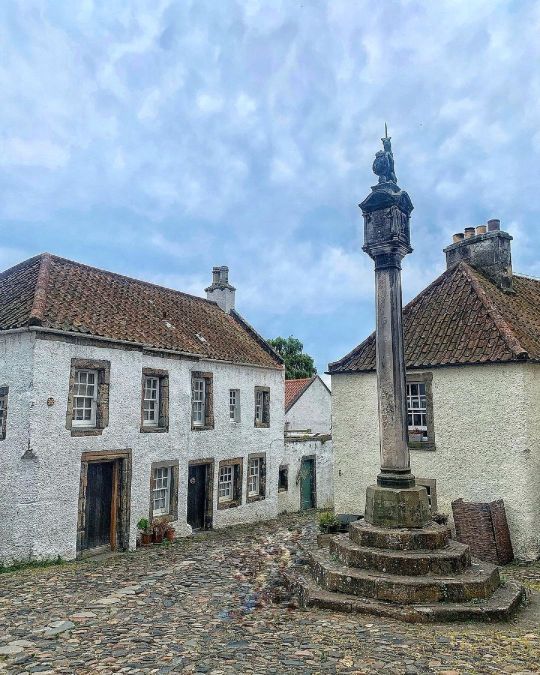
The white-harled houses with red-tiled roofs line the steep, cobbled streets that run from the market cross to the hilltop abbey.
In the centre is the ochre-coloured palace with its original painted woodwork and beautifully reconstructed period garden.
14 notes
·
View notes
Text
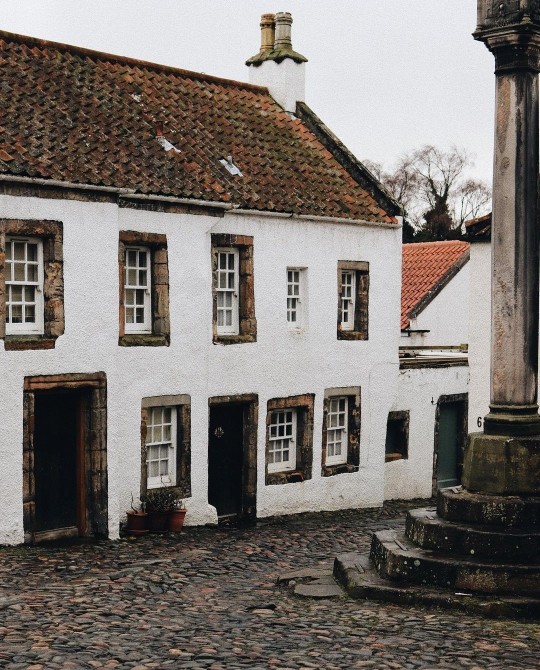
@tillywester
culross, fife, scotland
6 notes
·
View notes
Text
youtube
Let's explore beautiful Culross, the historic town where the hit TV show Outlander was filmed! 😍
#outlander#cranesmuir#samheughan#sam heughan#caitrionabalfe#caitriona balfe#sam and caitriona#jamie and claire#jamie fraser#jamiefraser#clairefraser#claire fraser#sam heughan fans#outlanderfilming#outlander filming#outlander video#outlandervideo#culross#scotland#visitscotland#fife#village life#national trust#walking tour#edinburgh#old town#youtube#palace#abbey#yellow
3 notes
·
View notes
Photo
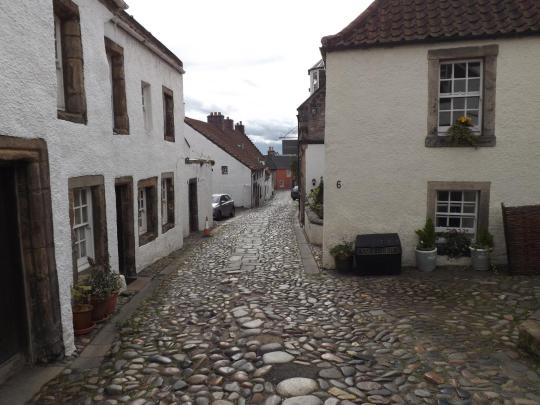
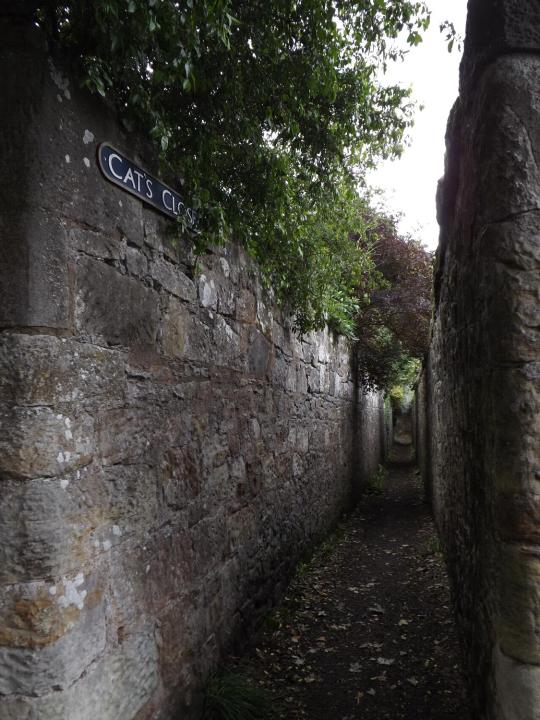
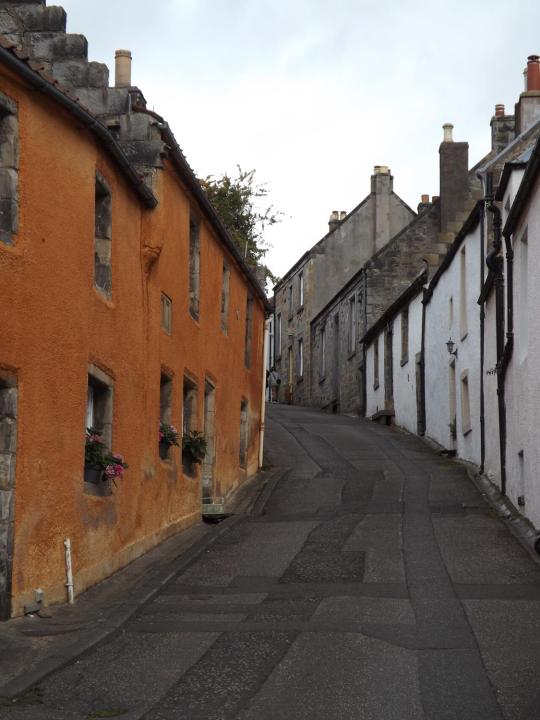
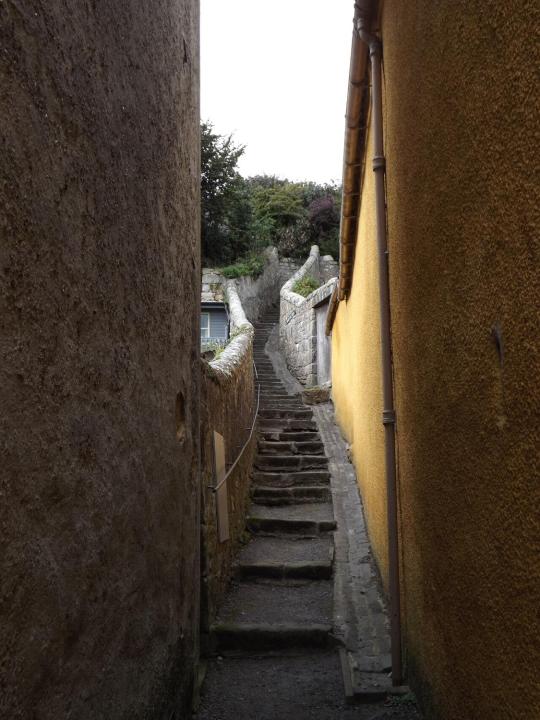
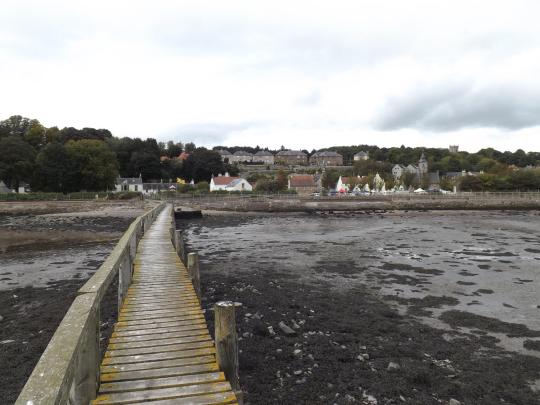
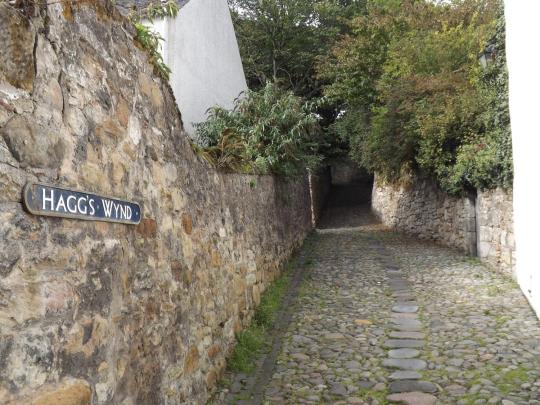
Paths and streets that are definitely going somewhere.
9 notes
·
View notes
Photo



2 bedroom house for sale in Culross, Fife
Asking price: £225,000
2 notes
·
View notes
Text
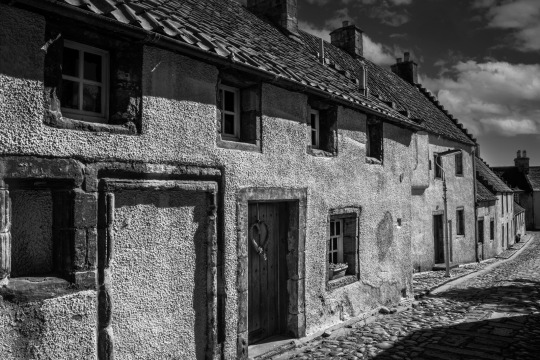
Culross, Fife
#photographers on tumblr#original photographers#luxlit#imiging#black and white#black and white photography#original photography#fife#culross
117 notes
·
View notes
Text
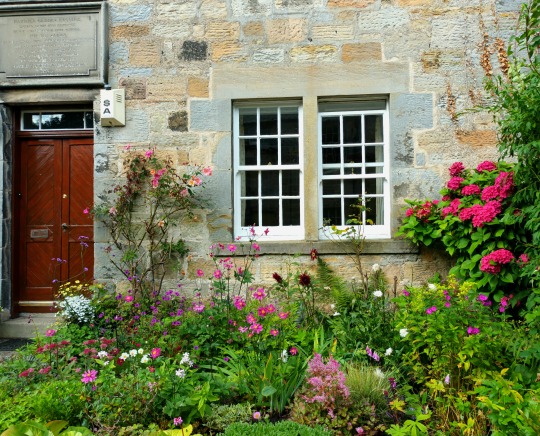

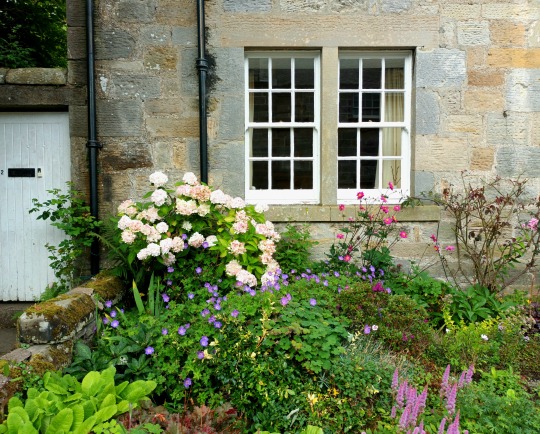
wild with flowers
22 notes
·
View notes
Text
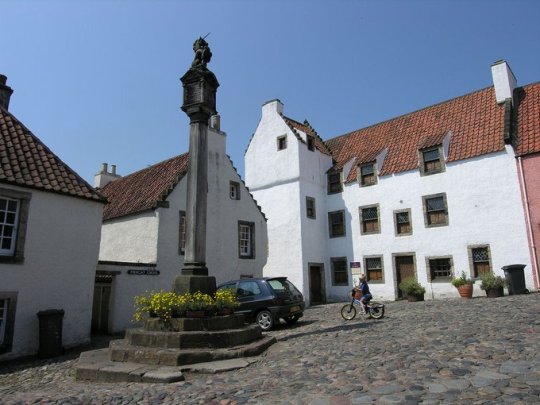
The Mercat Cross rises in the town square of Culross, Fife
#Culross#Fife#Scotland#Mercat Cross#UK#architecture#cobblestones#Scottish villages#tile roofs#town square
43 notes
·
View notes
Text
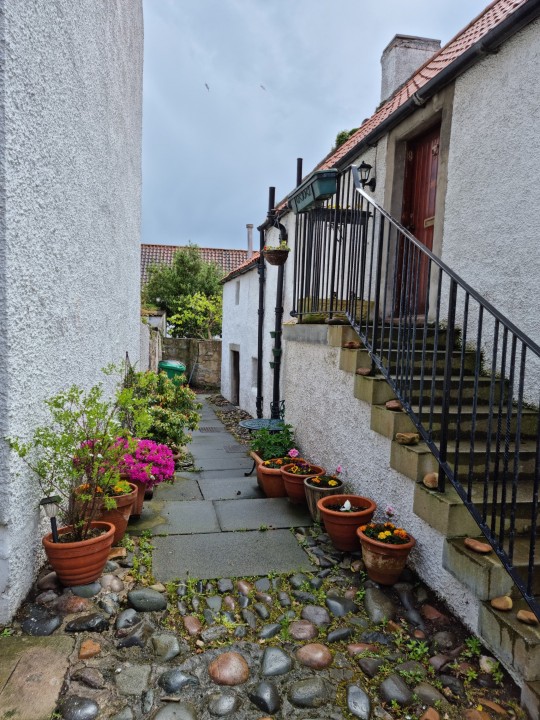
Culross in Fife, Scotland. 🏴
7 notes
·
View notes
Text
North Sea Scotland (1): Neuk shelter

Having crossed into Scotland (read about it here), we skipped the big southern cities and headed to Fife.
That region lies beyond the Firth of Forth, the estuary just north of Edinburgh.
Its sheltered waters have made it a focus of trade – and thus power - from time immemorial. Fife was the ancestral capital of Scottish kings.
The regional council advertised a "Fife tourist route", so we gave it a go. The best spot is at the western end.

With its 17th and 18th century homes (pictures above), Culross is as easy on the eye as it is hard on the tongue - to pronounce it half-way correctly, try saying "Culross/made to lure us" as a rhyming slogan.
The "Culross Palace" (below) is mansion built around 1600 by George Bruce, a mining baron. It houses a museum that explains how he brought royal favour and prosperity to Culross.

Bruce invented a drainage system that allowed miners to dig coal from under the Firth of Forth without getting wet.
King James VI was impressed and made Culross a "royal burgh", meaning it could trade overseas.
Crail, at the eastern end of the route, is also gorgeous.
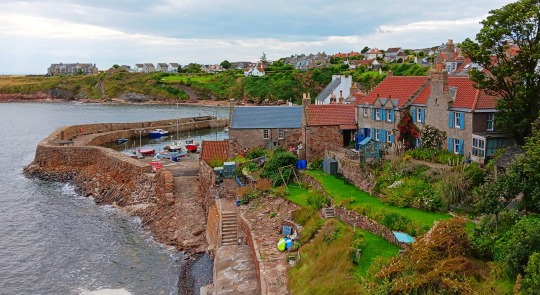
That old fishing village is confusingly pronounced as you expect, rhyming with "Grail".
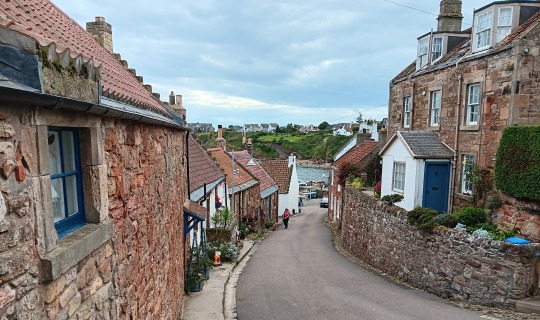
The coastline between Culross and Crail is called the East Neuk (as in "nuke"). We found it underwhelming, whatever the Fife tourist board said.
We were hoping to stop for lunch in tearooms by a quaint harbour, but had to settle for a café in an industrial estate on the outskirts of Kirkaldy.
But the East Neuk is interesting for historical reasons. It is the site of an epochal tragedy.
Alexander III (1241-1286) was the best king medieval Scots could wish for. He put a lid on clan feuds. He kept the English sweet, having married Henry III's daughter.
She died young but had time to produce two sons and a daughter. The succession seemed safe. Without a pressing need to remarry, Alexander played the field – particularly in convents.
According to one chronicler, the king would never "forbear on account of season or storm, nor for perils of rocky cliffs, but would visit nuns or matrons, virgins or widows as the fancy seized him".
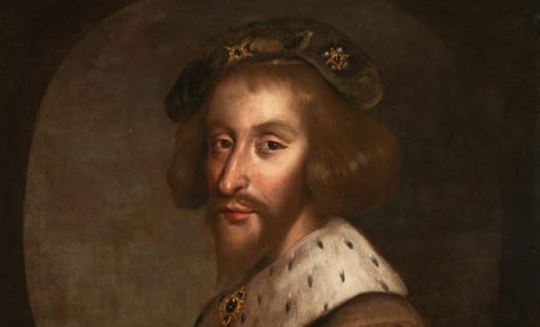
But in the early 1280s, things started to go south for the happy widower. All three kids died. The daughter had had time to give birth to a baby girl (she was married to the king of Norway). In 1284, Alexander rushed to name his newborn granddaughter as his heir.
Messy successions were a recipe for disaster. The King's Council felt it was safer if Alexander had a son.
"Look near convents," he said breezily, "I'm sure you'll find one."
"He must be legitimate, my Lord. Otherwise every Scott, Bruce and Rory in the land will claim he's your kid and all hell will break loose again."
A French bride was found. At 44, the king was still in his prime when he remarried. Shortly thereafter, yearning for his new wife after a long day's work in Edinburgh, he decided to rejoin her in Kinghorn across the Firth.
"This is madness," the chief councillor said. "It's dark and a storm is raging."
To be clear, Alexander was planning to ride 10 miles west from Edinburgh to the crossing, take a barge and then travel east another 12 miles – in driving rain.
That was no problem, the king insisted: he had ridden through night and wind many times before; and it was not rough seas he was crossing, but the sheltered Firth.
Alexander did make it to the northern shore. At Inverkeithing, he was met by nobles who begged him to stay: "My lord, what are you doing out in such weather? How many times have I told you that midnight travelling will do you no good?"
But the conjugal bed was calling. A mile from Kinghorn the horse lost his footing. The animal and the master broke their necks on the Neuk's shore.
The photo below was taken near the spot: over the Firth are the outskirts of Edinburgh; you can just about see the crossing on the right in the distance.

With the king dead, the councillors hit the panic button.
Stability now depended on his three-year-old granddaughter. She had to be repatriated from the wilds of Scandinavia to Scotland's shielded shores.
She died on the way, triggering a succession crisis that plunged the realm into bloody chaos for 70 years.
0 notes
Text
1st July
St Serf’s Day
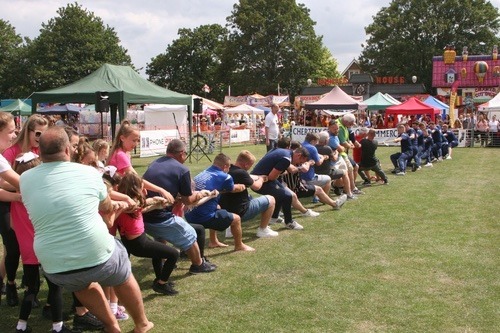
Source: Stall and Craft Collective website
Today is St Serf’s Day, marked up and down the country by Cherry Fairs. Originally they were an excuse for a lot of open air summer hedonism, but these days they are part funfair and part garden fete. One of the biggest cherry fairs was one held every 1st July at Odiham in Hertfordshire, marking the end of the cherry harvest. In common with most other cherry fairs, Odiham’s became associated with boozing and brawling, leading the authorities to start withdrawing the fair licenses, until by the early twentieth century, most had ceased to exist. Their revivals are more peaceful events, with macho show offs more likely to take part in a tug-of- war competition than punch a neighbour’s lights out.
As for St Serf himself, he was reputed to be the tutor of Glasgow’s St Mungo, leading to him being celebrated by a procession at Culross in Fife, consisting of the town notables carrying three green branches in the saint’s honour. Unfortunately it eventually became clear that Serf never actually existed and the Culross procession therefore fizzled out in the 1860s.
0 notes
